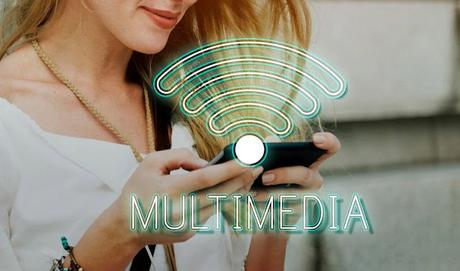 The good news is a chain reaction can happen when you start rebuilding or restoring just one area of a city. A beautiful museum or local tourist attraction can draw foot traffic that translates to business for nearby stores. Sure, you can’t turn a ghost town into a bustling metropolis overnight, but the right project could fill a few more shops and restaurants. Plus, even if your city center is doing just fine, maybe it could use a bit of polishing up. Here’s where to start:
The good news is a chain reaction can happen when you start rebuilding or restoring just one area of a city. A beautiful museum or local tourist attraction can draw foot traffic that translates to business for nearby stores. Sure, you can’t turn a ghost town into a bustling metropolis overnight, but the right project could fill a few more shops and restaurants. Plus, even if your city center is doing just fine, maybe it could use a bit of polishing up. Here’s where to start:1. Parks, Plazas, and Playgrounds
In many parts of Europe, it’s quite common for families to walk to parks and playgrounds instead of driving. These shared public spaces often have bars, restaurants, or cafes built in or right nearby, in sight and in earshot. Parents drop their kids off to play on the jungle gym, then sip a coffee or beer and socialize with friends. It’s a win-win: the kids get plenty of adult supervision, while even newer parents get to have active social lives.This model doesn’t necessarily transfer well to the U.S., where you need a car almost everywhere, and residential zoning laws abound. A bunch of buzzed parents and a busy parking lot don’t exactly bode well for all those kids. But urban planners and city officials could still learn a thing or two from Europe about making these spaces more inviting. The big lesson is that public spaces please more people when they serve more than just one function.
A playground shouldn’t be a place where bored parents stand by the swing sets, waiting in silent agony for their children to be done. Nor should an outdoor bar be a place where it’s verboten to breastfeed or bring your baby in a stroller. Public plazas should be filled with people, not just fountains and pigeons, and they should have shared resources like bathrooms and food vendors. Modern city centers need outdoor spaces with amenities that keep everyone happy.
2. Walkways and Transit Hubs
No amount of improvement to a city center is worth doing if no one can get there - or anywhere - safely. Yet so many cities and governments neglect basic thoroughfares, as well as bus, train, and ferry terminals. A lack of lighting or safe places to cross the street can make pedestrians want to quit walking altogether. That’s assuming there are even sidewalks to walk on, which often isn’t the case in much of the United States.Bus and train stations, in the cities fortunate to have them, can be some of the most dangerous places in a city. Many lack proper security and good sanitation, making them prone to petty theft, scams, drug use, and more. They could have modern amenities like charging stations and updated coffee shops and restaurants. Instead, many lack basic considerations like sufficient seating or electronic signage to announce arrivals and departures.
Modern city centers need updated places to walk or to travel by means other than driving. Wide, well-lit sidewalks with clearly marked pedestrian crosswalks would be a good starting place for some towns and cities. Public transportation hubs, where they exist, need to be places where everyone feels safe and comfortable. Cities that want to revitalize should strongly consider updating their walking and public transit infrastructure for more safety and usability.
3. Third Places
Much of America is desperately lacking in what have come to be known as third places. These are areas outside of home and work that people can freely socialize with - or at least be near - others. Outdoor parks and open spaces, when safe and well-located, can sometimes serve this function for a community. But people also need indoor spaces to gather that aren’t malls, fast food joints, or chain coffee shops.When they don’t have a better choice, people in the U.S. default to gathering in indoor spaces that aren’t technically public. These are usually commercial centers that encourage spending money and might kick people out who don’t. This perpetuates socioeconomic and racial inequalities, since not everyone is truly free to use these spaces in the same way. People of color may be seen as suspicious, be accused of “loitering,” or even have cops called on them.
These situations could be avoided with more access and updates to free public indoor facilities like libraries and community centers. Museums can also sometimes serve this function, if admission is on a sliding scale and there are appropriate spaces to gather. Public and private funds could be used to maintain these spaces and hire appropriate safety resources. People could use these spaces to work, study, connect, or simply exist outside their homes without prejudice.

